When I was in high school, there was a pivotal moment at the end of my freshman year of high school: do I continue with sports or do I follow my interest in the arts? Ultimately, I choose the arts because the competitiveness of high school basketball was a little too much for me to handle (plus, I was really quite terrible at sports).

Well, it turns out that the arts are a bit more competitive than I thought. Did you know that between 1912 and 1948, the Olympics held art competitions in architecture, music, painting, literature, and sculpture? I find this to be totally fascinating.
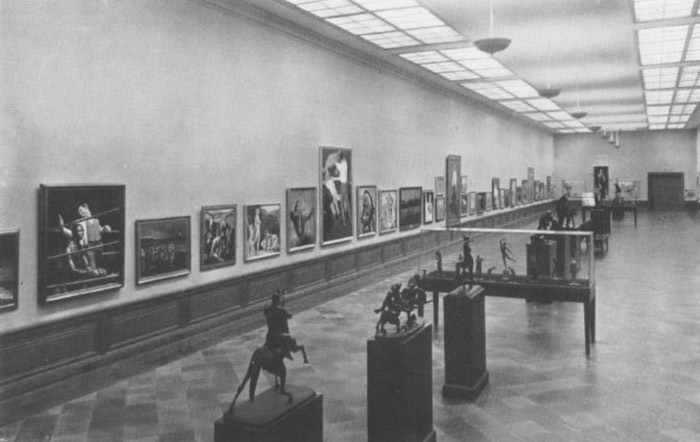
However, the art couldn’t just be any work of art. According to the official rules, the art had to be related in some way to athletics and Olympic ideals. Not many people have heard of the Olympic medalists in art because professionals were not allowed to participate in any Olympic event at the time (which is no longer the case).
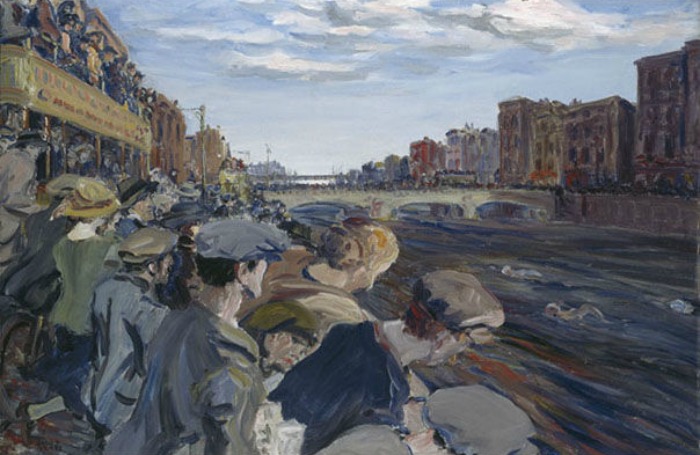
From what I’ve read online, the Olympic art competitions were a bit of a mess. Corrupt judging, constantly changing rules, low participation, and more caused these competitions to not last long in history. There were even some cases where no medals were awarded or they awarded a silver and bronze but no gold! (BURN!)

As I read about these completion, I have a couple questions that keep plaguing me. Here are some thoughtful discussion ideas you can bring up with your students about the competitions.
Art and Olympics Discussion Questions, Activity, and Project Ideas
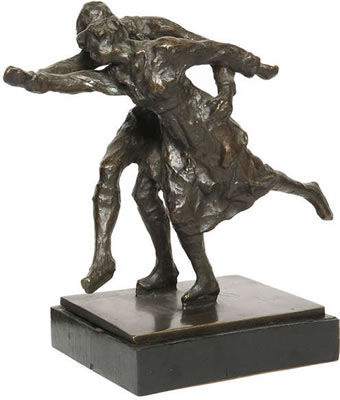
Reuniting Muscle and Mind
Pierre de Coubertin was the founder of the International Olympic Committee and considered the father of the modern Olympics. He said that the art competitions were supposed to help “reunite in the bonds of legitimate wedlock a long-divorced couple — Muscle and Mind.”
- Why do you think the Olympic art competitions were started?
- When in the past have muscle and mind been wedded?
- Why would it be important to unite muscle and mind?
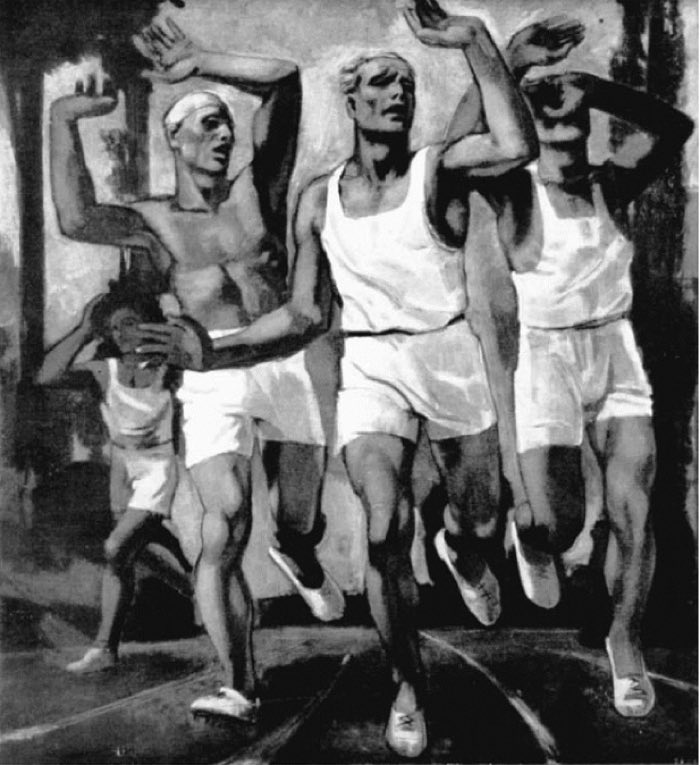
Professionals vs. Amateurs
In the early 20th-century, Olympians were not allowed to be professionals. Some say this was why the art competitions ultimately failed.
- Why do you think professionals were not allowed to compete?
- What is the different between a professional artist and an amateur? Can we make that distinction so easily?
- Now that professionals are allowed in the Olympic games, do you think an Olympic art contest would be more successful?
- If professionals would have been allowed to compete, do you think they would have?
- How do you think professional artists during this time felt about the Olympic art competitions?
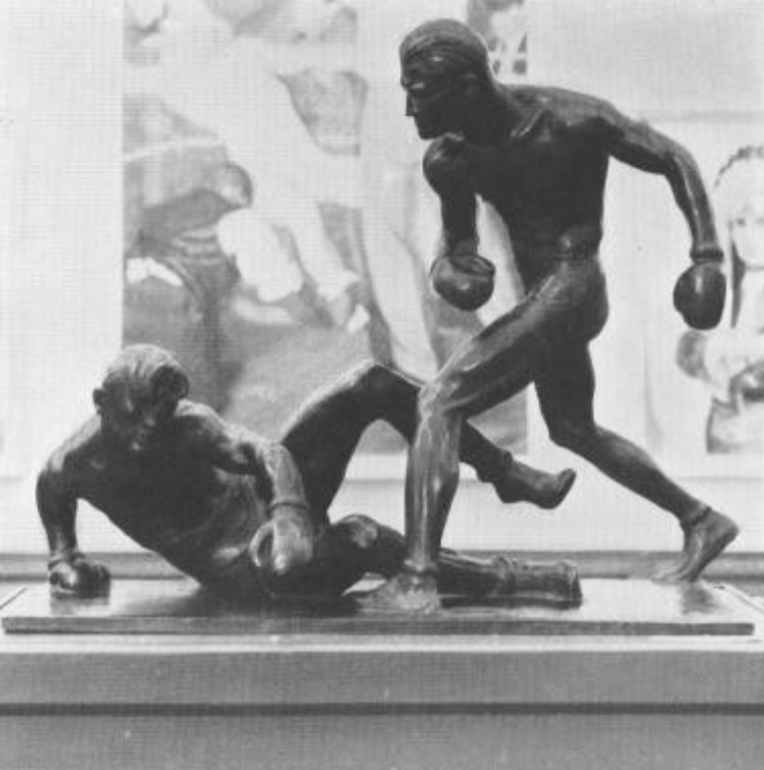
Olympic Art Competitions Today?
With the art world the way it is, I can’t image a situation where they would ever recreate these Olympic art competitions, but what if they did?
- How do you think an Olympic art competition would go over today?
- If you had to design an Olympic art competition, how would it go? What would be the rules and limitations placed on the artists?
- Do you think an Olympic art competition would help unite the world or divide us? How would an Olympic art competition impact relationships, stereotypes, and politics among differing cultures?
- How is art currently integrated into the games? Research.

Become an Artist Olympian
If you want a fun art project idea, try this out. Imagine you are submitting a sports-themed artwork for the Olympic art competition of the past. What would you include? Make a painting or sculpture as your entry.
50+ Olympic Activities for Kids
This post is a part of the Olympics series by an awesome group of kid bloggers. Check out the landing page for links to all of the posts. I’ll be back again next week to bring you a post about the art of the host country of Brazil. Enjoy!






These are great discussion questions. I used to teach gifted education and this would be a worthy lesson as it reqires higher level thinking skills. A family member teaches art so I am sharing the link. Thank you!